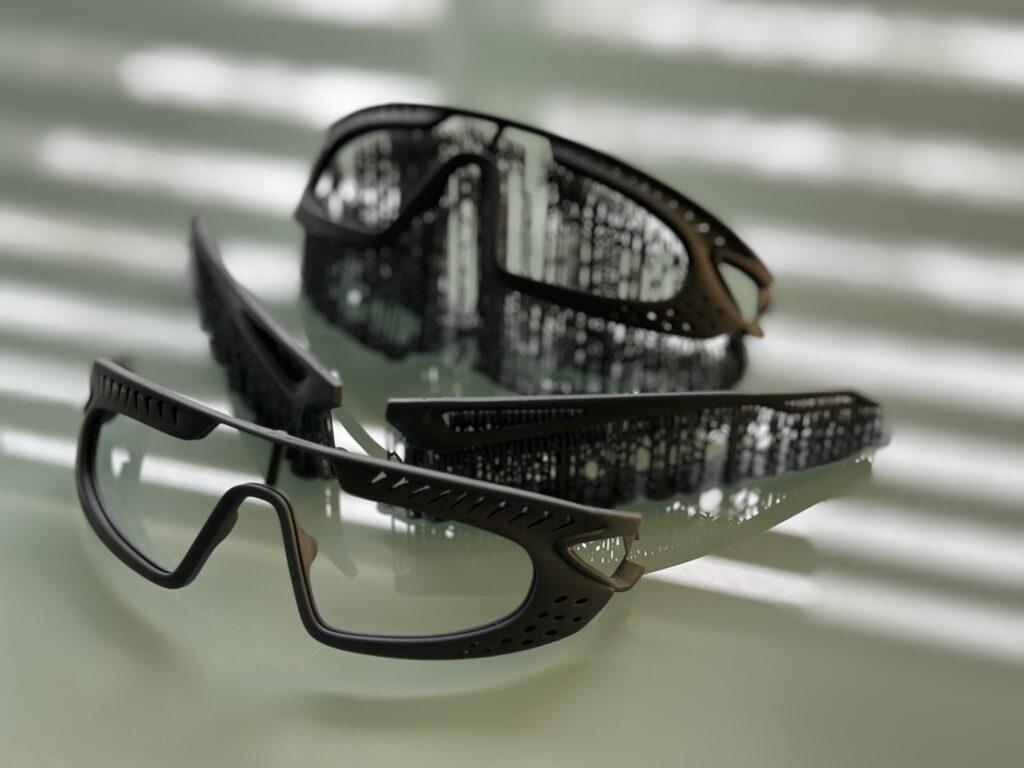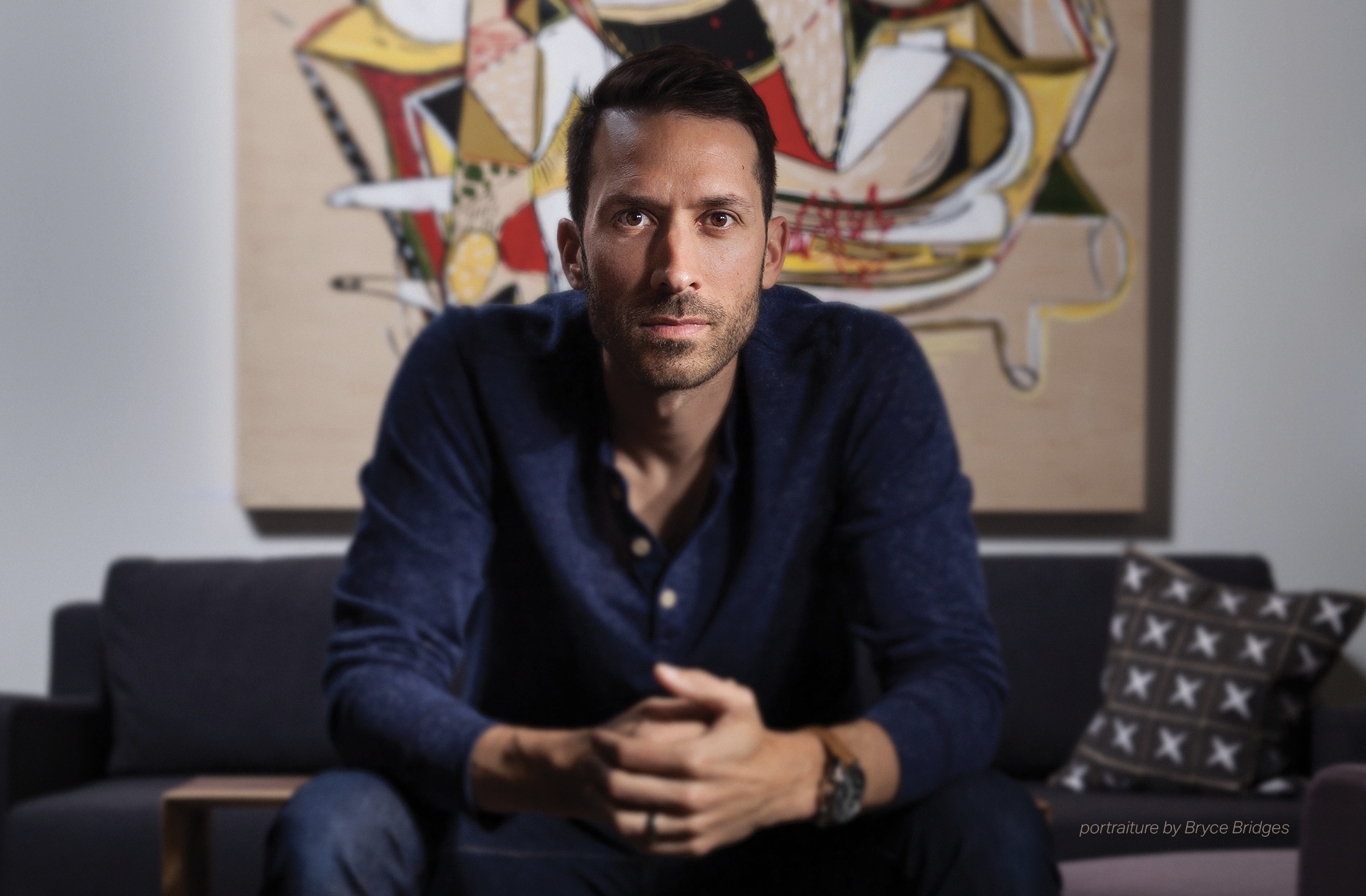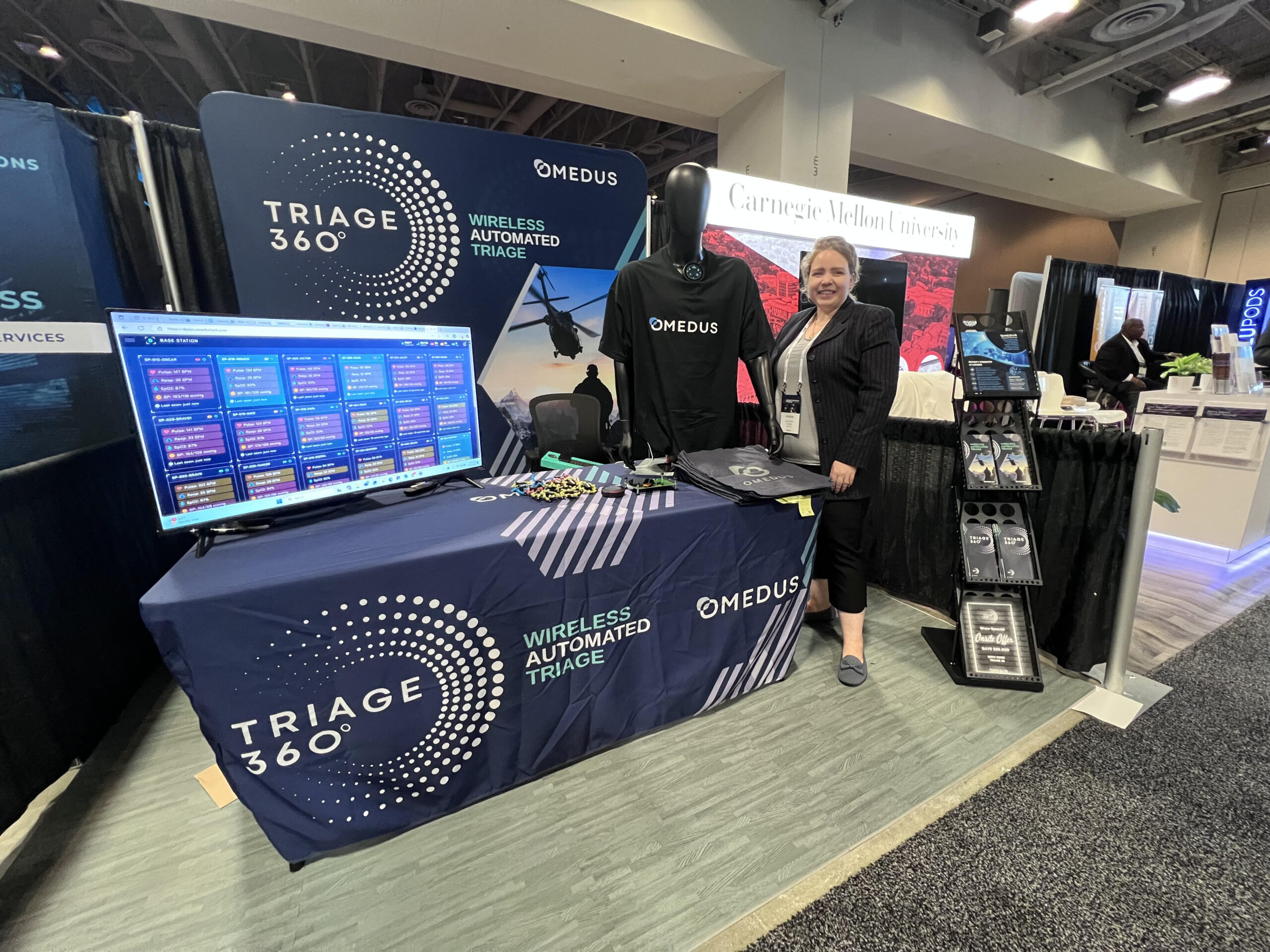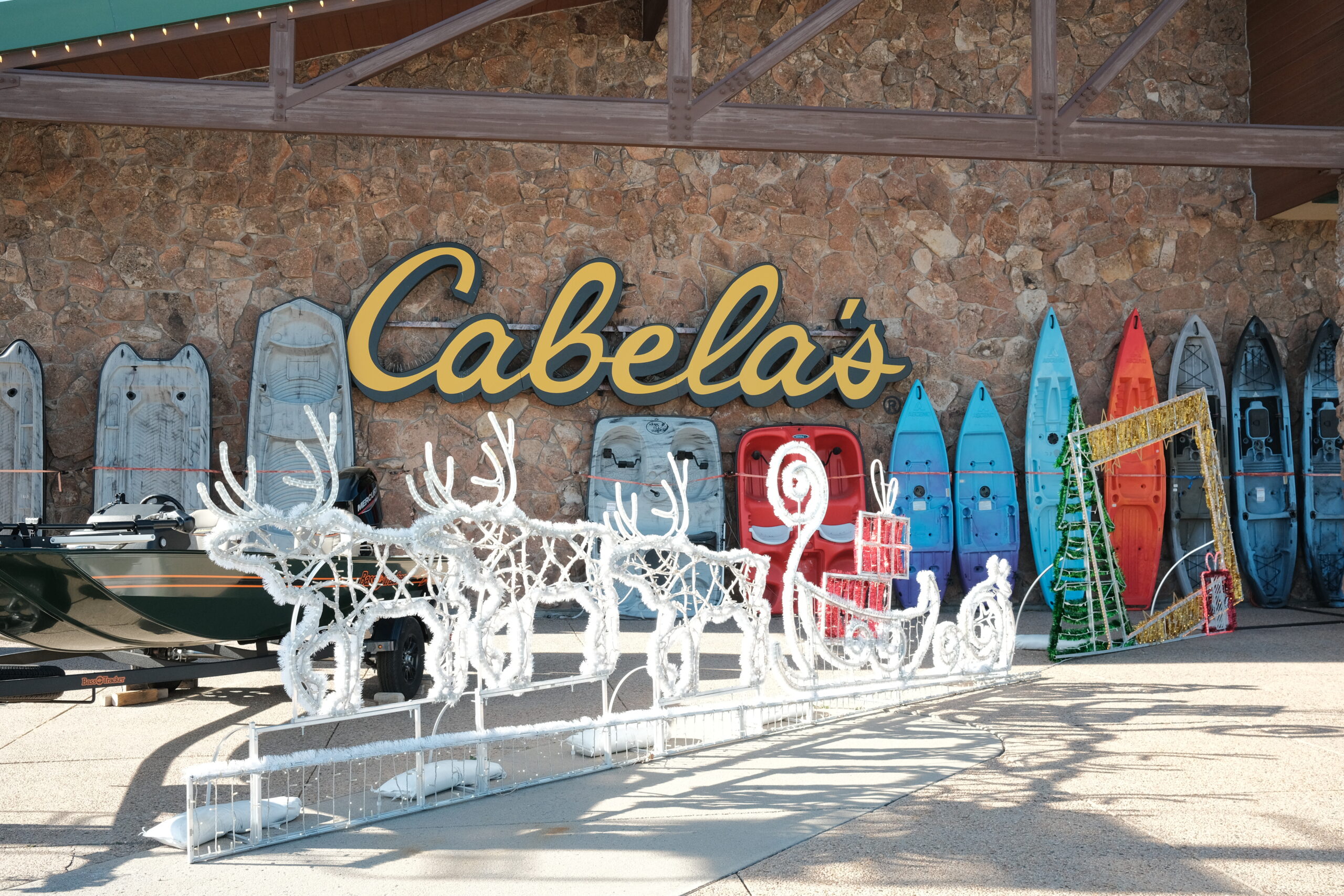How do you turn a great idea into a ready-to-sell product? How do you do it in a way that is intentional, sustainable and user-centric? These are the questions that Alan Tipp, founder of ATIPPICAL innovation studio, helps clients around the world answer every day.
Tipp is an Omaha-based industrial product designer who estimates that his name is on more than 75 patents. A patent search of his name returned more than 100 results. His inventions have been used by famed athletes, the U.S. Marine Corps and optometrists, too.
He led Under Armour’s push into sunglasses. He helped to make pro football a little bit safer. And now he is working to help others bring their innovations to life, too.
“Essentially, I help people with great ideas transform them into retail-ready products that sell,” Tipp said. “It goes from the concept phase all the way to the commerce space. It’s testing, validating ideas, exploring solutions, and then walking people through…the patent process. And then you want to continually iterate and evolve and test and prototype.”
Throughout the prototyping process Tipp uses technology, including 3D printing and virtual reality, to create 3D models that can be handed off to a manufacturer. He acts as a liaison between the inventor and manufacturer to turn the prototype into a physical product.
In addition to developing products, Tipp lends his design talents to branding projects. He’s worked with famous names like University of Colorado head coach and NFL Hall of Famer Deion Sanders. Tipp developed Sanders’ personal mark, PRIME21. He’s also worked on local civic and non-profit projects, including the Papillion Landing community recreation center.
Tipp started his career at a product development startup based in Baltimore after graduating from the University of Kansas with a Bachelor of Fine Arts. In the early 2000s he designed and developed retail items for The Home Shopping Network, QVC, Macy’s, Dick’s Sporting Goods, The Sports Authority, Lands End, The Sharper image, and more.
He went on to be the director of design at Eyeking where Tipp launched Under Armour’s line of performance eyewear. Tipp spent the next 11 years designing and developing eyewear for professional athletes and consumers alike.
During that time Tipp invented a tools-free helmet visor clip adopted by the NFL. The clip allowed for the quick removal of the visor from a helmet in the case of an emergency where a player’s eyes need to be evaluated for a concussion. “ Prior to that you’d have two pieces of plastic and then you would take a bolt and a nut on the other side and you’d have to take a screwdriver to install it onto a helmet.”
Tipp was a remote work pioneer after moving from Maryland back to Omaha in 2007 while continuing his work for Under Armour. According to his website, Tipp has contributed to the design and development of more than 300 unique objects in categories, including fashion apparel and accessories, sports equipment, optical and outdoor recreational goods.
In 2015 Tipp decided to branch out on his own. He wanted to stay in Omaha in spite of the lack of demand for local product development. There aren’t many companies developing products from the ground up in Nebraska, he said. Most of his clients tend to come from the coasts or even overseas.
He founded ATIPPICAL in 2016. “The whole idea was I tried to do things in an unconventional way or in a way that defies convention or that’s unusual, not typical, unexpected.”
Initially Tipp focused on branding and identity work to pay the bills.
Tipp said he’s known for his sketches of early stage ideas, but there’s a lot more that goes into starting the prototyping process. “It’s not just about ‘can you make it look good?’ I feel like the value is in ‘can you actually produce it?’”
“It’s working alongside engineering teams, working with vendors and experts in their field so we can put together a whole package,” Tipp said. “And then just continue to iterate and evolve product ideas until they’re better and better.”
So what makes a product idea “better”? From Tipp’s perspective it means more functionality with less.
“Can they be more eco-friendly? Can they be less materials, less waste? Those are the modern day challenges now that I think about,” he said. “I just don’t want to make another thing for the sake of making things. Having meaningful connections with the objects you interact with is super important to me.”
Tipp wants to work on products that you only buy once, markedly different from, say, an iPhone that needs to be replaced every few years.
A product that exemplifies this philosophy is a pair of gloves Tipp designed. You warm your hands by blowing into a port in them. The gloves contain an internal mini HVAC system to funnel the warm breath into the fingertips. Tipp said he got the idea from watching people blow into their hands to stay warm.
Sustainability is at the forefront of Tipp’s process. That’s one reason 3D printing eyewear is so appealing to him. It allows him to limit the amount of materials needed and avoid using a molding process. They can be designed for easy disassembly and then reground down so the materials can be used again and again. It’s even possible to use plant-based materials. And at the end of the product life you can reprint another one.

Tipp has developed a collection of 3D printed eyewear called SPECTICAL that he sells out of his home studio. He’s also working on developing a platform that would allow other designers to 3D print their own collection of eyewear.
Tipp believes that 3D printers are on the way to becoming an essential part of everyday life. “I think they’ll be as commonplace as microwaves are in your house right now,” he said. “People will be able to print a part for their vehicle or replace whatever they need to with this 3D print. And now that it’s open source, it allows anyone with a 3D printer to be able to do this…and 3D printers just in the last five years have gone from $5,000 down to under $250.”
“So I do see this as something that we need to kind of harness and leverage and take advantage of for the future of manufacturing.”



